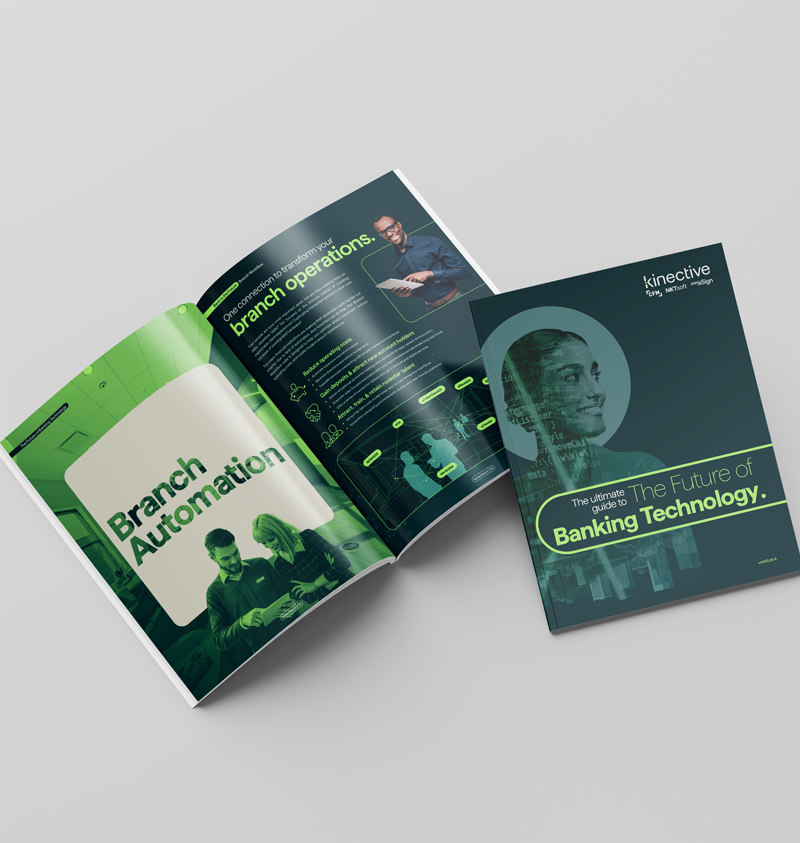An electronic signature offers a swift, straightforward, and secure method for signing digital documents. While some may mistakenly label them as “online signatures,” electronic signatures are subject to stringent legal and technical requirements to ensure their validity. Comparable to wet signatures, electronic signatures find application in a wide array of scenarios, spanning from sales contracts and offer letters to account openings and invoices. However, unlike their traditional counterparts, electronic signatures boast heightened efficiency, mobile accessibility, and fortified security through digital encryption methods.
In the United States, the Electronic Signatures in Global and National Commerce Act (ESIGN) provides the legal framework for electronic signatures, defining them as “an electronic sound, symbol, or process, attached to or logically associated with a contract or other record and executed or adopted by a person with the intent to sign the record.” In simpler terms, any electronic action linked to a contract or record, intended to serve as a signature, holds validity. Examples of electronic signatures include consenting to terms and conditions on a website by clicking “I Agree,” signing with a finger on a mobile device, or inputting one’s name and/or PIN into an online form.








